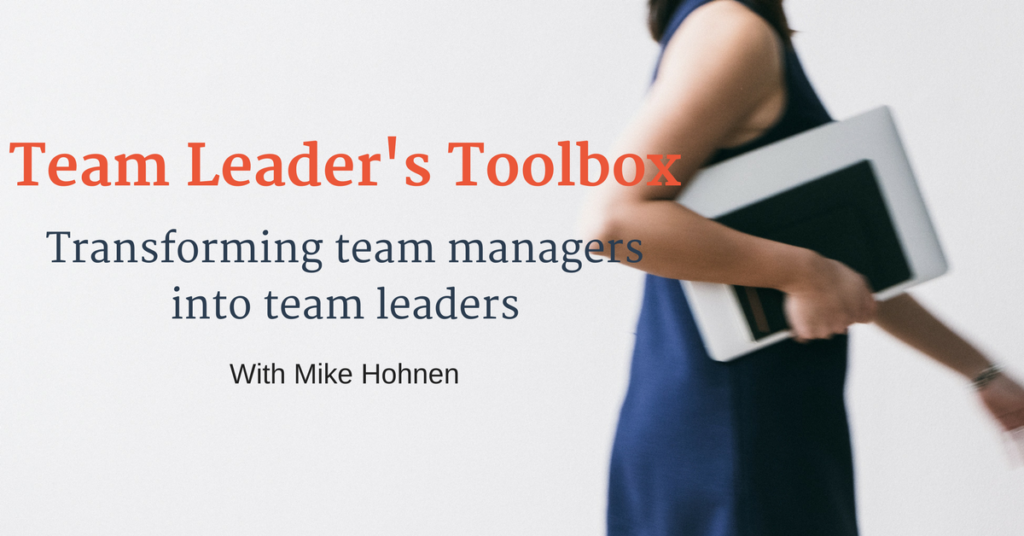We have on-boarding programs for new employees, we train frontline staff in all aspects of customer service, and we have executive development programs galore… But what about the first time manager (FTM)?
The first time manager is typically an employee who is doing really well in a specific function. They get the job done. And because they are doing well, they get noticed and promoted to their first managerial position. They become some version of a team leader.
Virtually from one day to the next, their job context changes dramatically.
So what type of training program are you offering your new FTMs, that will help them cope with this new situation?
Well, if you are like most organisations out there, you probably are not offering much.
In terms of situational leadership, it is the classical mistake of assuming that because someone is good at one thing, they will automatically also be good at the next thing we ask them to do.
But being a high performer in your functional area does not necessarily equip you to cope with the challenges of being a team leader – and so the reality is that in many organisations, this is a sort of swim or sink situation.
This, in reality, is a way of playing Russian roulette with your frontline employees because it has been proven again and again that the vast majority – some say up to 90 percent – of employees who leave their service job do so because they do not get on with their immediate supervisor.
But retention is just part of the issue. We also know that up to 70% of a given frontline employee’s level of engagement can be attributed to the leadership style of her immediate supervisor.
So to put it in a nutshell, your customer experience at the end of the day is directly related to the quality of your first time managers.
With this little rant, I would like to kick of a series of blog posts over the next weeks where I will explore various aspects of the challenges that FTMs face and what we can do to best help them.
If you are a First time Manager or have recently been one, I would love to hear from you. What were your challenges and how did you learn to cope?
____________________________________________________
This is the first article in a series on how to lead as a first time manger. If you would like to know more, check out other articles of the first time manager series:
- How are you supporting your first time managers?
- The big leap… from team member to team leader
- First time manager – The challenges
- Direction, Alignment & Commitment in 4 easy steps
- How your relations affect your results
- Powerful or powerless, what do you prefer?
- Behaviour
- Conversations, not small talk
- Take charge of your energy levels!
- You won’t get results by pussyfooting around the issues!
- What drives a fabulous employee experience?
I have a new online training out on this: The Team Leaders Toolbox – check it out








